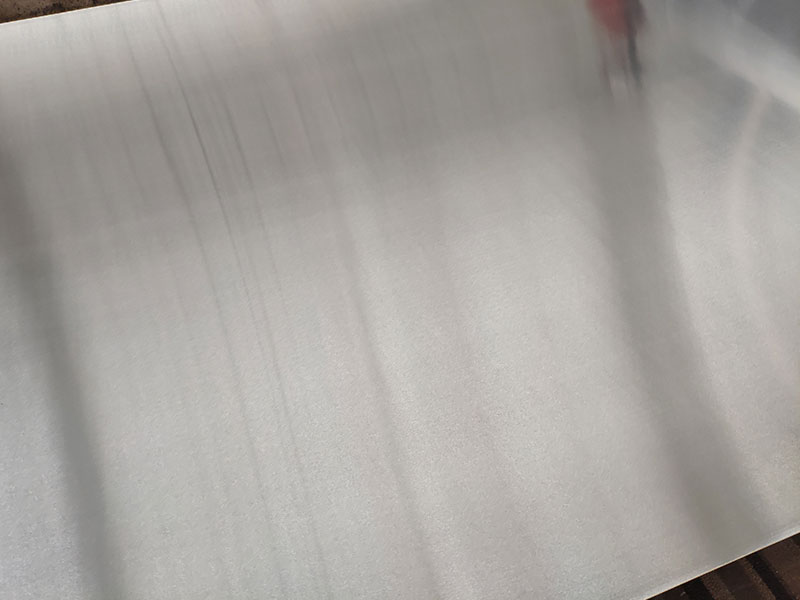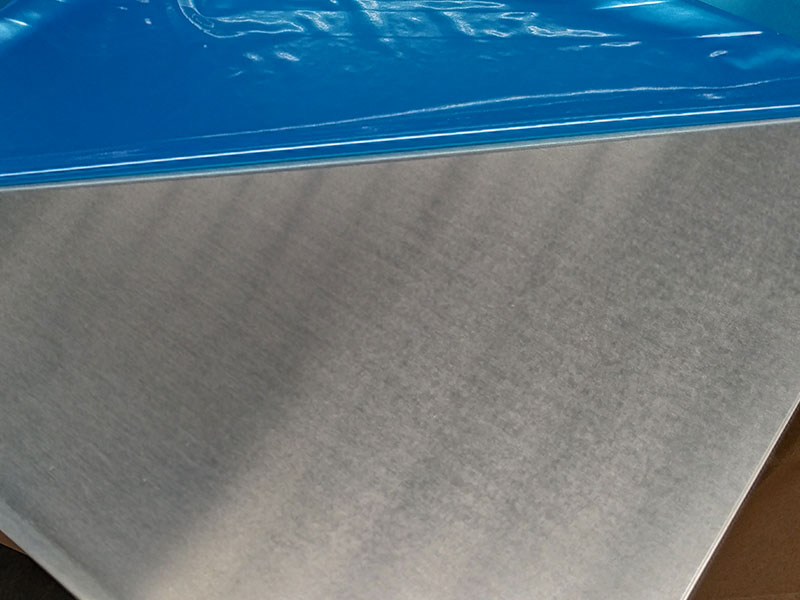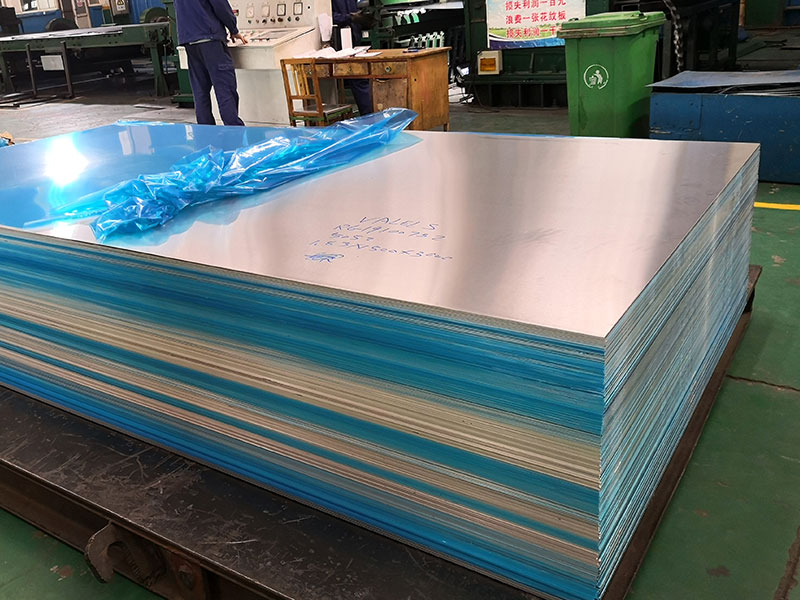Aluminum sheet 3004 1100 O H12 H14 H24
When selecting aluminum sheets for industrial, architectural, or commercial purposes, the distinctions between grades and tempers is crucial to optimize performance, durability, and cost-effectiveness.
Aluminum 3004 and 1100 belong to the non-heat-treatable aluminum alloy families, meaning they rely on cold working rather than heat treatment affecting alloy strength.
- 3004 Alloy: An aluminum-manganese alloy prized for enhanced strength combined with excellent corrosion resistance. It exhibits better hardness and tensile strength than 1100, making it ideal for demanding structural and surface applications.
- 1100 Alloy: A commercially pure aluminum (about 99% aluminum), this is the softest and most ductile version, characterized by exceptional formability and corrosion resistance. It’s less strong than 3004 but excels where excellent workability and surface quality are needed.
2. Decoding Tempers: O, H12, H14, and H24
The global aluminum industry uses temper designations defined primarily in standards such as ASTM B209, which express the mechanical state of the aluminum through processing levels like annealing or strain hardening.
Working with 3004, 1100, and their various tempers (H12, H14, H24) in aluminum sheet production highlights the critical interplay between alloy composition and work hardening. The 1100 series, being a pure aluminum alloy, offers excellent corrosion resistance and formability, making it ideal for applications requiring deep drawing or intricate shapes. However, its lower strength compared to 3004 necessitates careful consideration of gauge thickness to withstand operational stresses. The 3004 alloy, with its manganese additions, provides significantly enhanced strength and improved weldability, making it suitable for more demanding applications where structural integrity is paramount. We often see 3004 used in applications where both strength and moderate formability are required, like automotive parts or construction components. the subtle differences in these alloys and their tempers is crucial for optimizing production and ensuring final product quality.
The different temper designations (H12, H14, H24) represent varying degrees of work hardening, directly impacting the sheet's mechanical properties. H12 represents a lower level of hardening, offering good formability but lower strength, while H24 signifies a higher degree of hardening, resulting in increased strength but reduced ductility. Choosing the correct temper is vital for successful fabrication. For instance, a part requiring significant bending would necessitate a lower temper like H12, while a component
- O Temper (Annealed): Fully soft condition attained by annealing, offering maximum ductility and corrosion resistance. Ideal where bending, deep drawing, and shaping are pivotal.
- H12 Temper: Partial hard temper created by a moderate strain hardening (approx. 50% thickness reduction). Provides moderate strength and rigidity but maintains reasonable ductility.
- H14 Temper: Increased cold working compared to H12 (about 75% cold worked). Yields higher tensile and yield strength but decreases ductility; generally used where resilient stiffness is a plus.
- H24 Temper: Combines strain hardening with subsequent stabilization heat treatment. This offers medium strength with improved dimensional stability over H14 sheets — an excellent choice in applications requiring both strength and reduced deformation under stress.
3. Technical Parameters and Mechanical Properties
| Property | Alloy 3004 | Alloy 1100 |
|---|---|---|
| Chemical Composition | Al 96.8-98.05%, Mn 1.0-1.5%, Mg 1.0-1.5% | Al 99.0-99.6%, Cu ≤0.05%, Fe ≤0.95% |
| Tensile Strength (MPa) | O: ~110-120 H12: ~195-220 H14: ~210-230 H24: ~200-235 | O: ~70-90 H12: ~105-120 H14: ~115-135 H24: ~110-130 |
| Yield Strength (MPa) | O: ~45-60 H12: ~165-185 H14: ~190-210 H24: ~170-195 | O: ~30-50 H12: ~85-95 H14: ~95-110 H24: ~90-110 |
| Elongation (%) | O: 15-25 H tempers: 2-7 | O: >35 H tempers: 3-10 |
| Rockwell Hardness | RS15T: O ~40, H12~70 | RS15T: O ~30, H12~50 |
Note: Mechanical values may vary slightly depending on exact manufacturing practices, thickness, and test methods.
4. Chemical Composition Table (Weight %)
| Element | Alloy 3004 | Alloy 1100 |
|---|---|---|
| Aluminum (Al) | Balance 96.8-98.05% | Balance 99.0-99.6% |
| Manganese (Mn) | 1.0 - 1.5% | ≤ 0.05% |
| Magnesium (Mg) | 1.0 - 1.5% | ≤ 0.05% |
| Silicon (Si) | ≤ 0.6% | ≤ 0.95% |
| Copper (Cu) | ≤ 0.2% | ≤ 0.05% |
| Iron (Fe) | ≤ 0.7% | ≤ 0.95% |
| Zinc (Zn) | ≤ 0.25% | ≤ 0.10% |
| Titanium (Ti) | ≤ 0.2% | ≤ 0.03% |
| Other Elements | Minor (≤ 0.10%) | Minor (≤ 0.05%) |
Considering versatility and adaptability, aluminum sheets in 3004 and 1100 alloys provide nuanced advantages:
3004 Alloy sheets with H14 or H24 temper represent a practical balance, packing good corrosion resistance with increased strength crucial for applications exposed to mild mechanical loads and harsh environments. These excel in RV roofing panels, siding, storage tanks, and chemical containers, where oxidation resistance and formability chief.
1100 alloy stands unparalleled for high ductility items. Its O-hardened temper is consumed in food packaging, ductwork, or decorative elements where bending into complex shapes is required without cracking. In fascinating synergy, H12 and H14 1100 sheets strengthen enough to serve trim, flashing, and even electrical/substrate panels demanding low gauges but reliable conductivity and hardness.
Moreover, in specific implementation practices, selective tempering plays a big role. Thicker sheets might gain considerable locking strength from H12 temper achieved via well-managed cold rolling, enhancing resistive deformation yet staying workable in further integrations like punching or stud riveting.
6. Implementation Standards and Quality Compliance
Aluminum sheets 3004 and 1100, with their associated temper conditions, comply with national and international standards such as:
- ASTM B209: Standard Specification for Aluminum and Aluminum-Alloy Sheet and Plate, outlining chemical and mechanical properties, dimensional tolerances, and test methods.
- EN 485-2 (Europe): Metal sheet aluminum and aluminum alloys mechanical properties of strips and sheets.
- JIS H4060 (Japan): Aluminum and aluminum alloy plates, sheets, and strips.
Manufacturers routinely follow these to ensure reliable product dimensions, tension limits, temper reproducibility, corrosion bars, and suitability for customer fabrication specs.
https://www.aluminumplate.net/a/aluminum-sheet-3004-1100-o-h12-h14-h24.html







